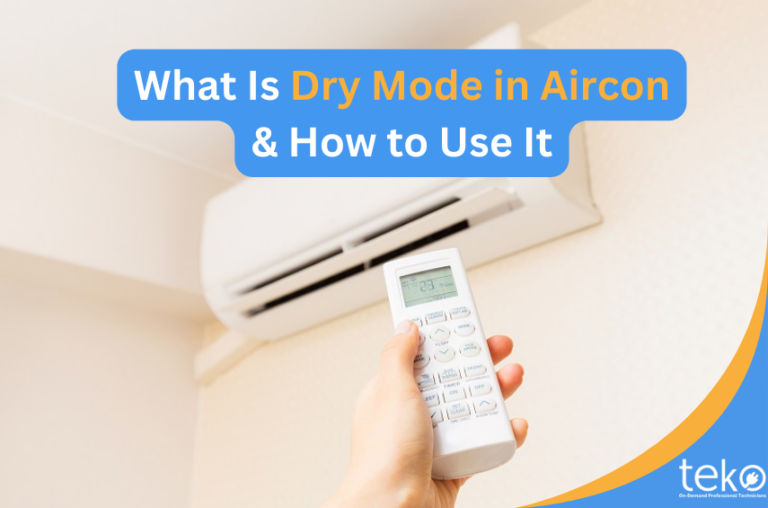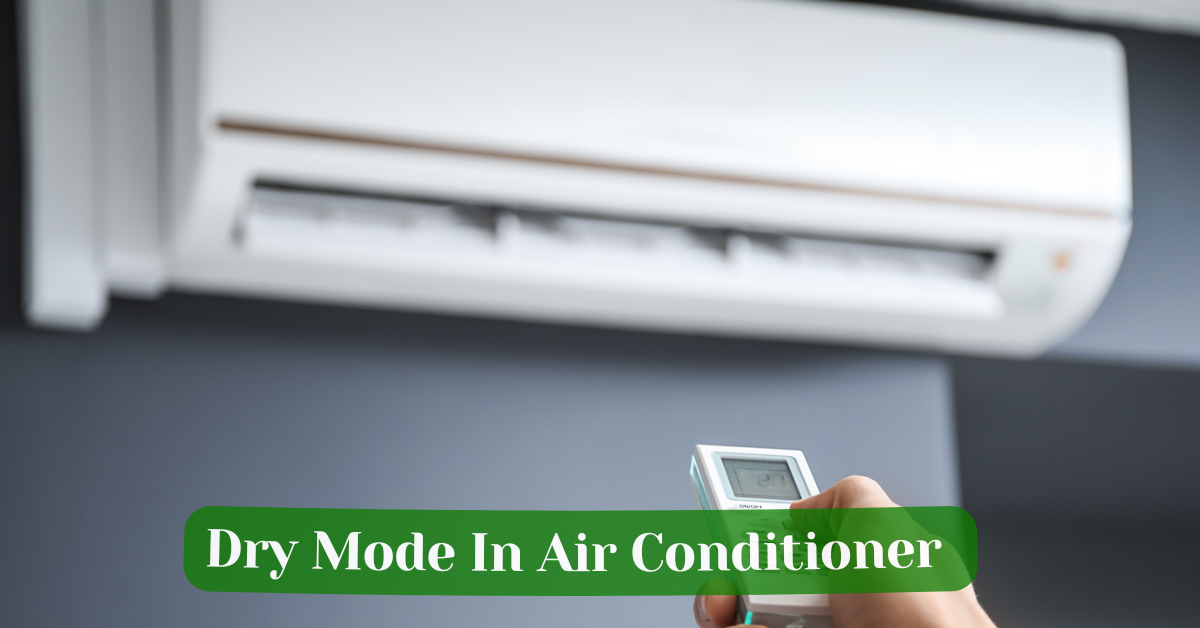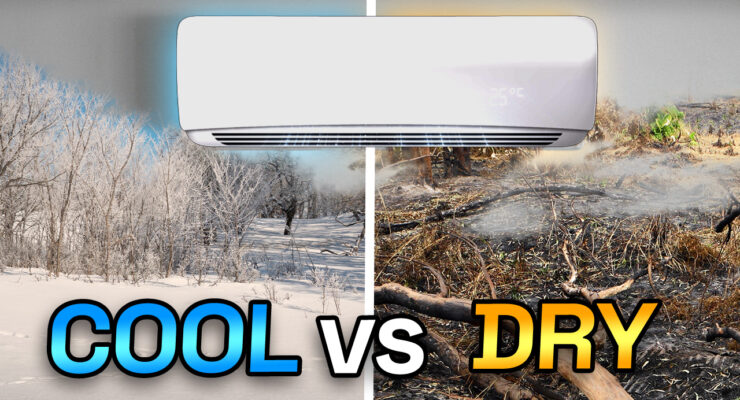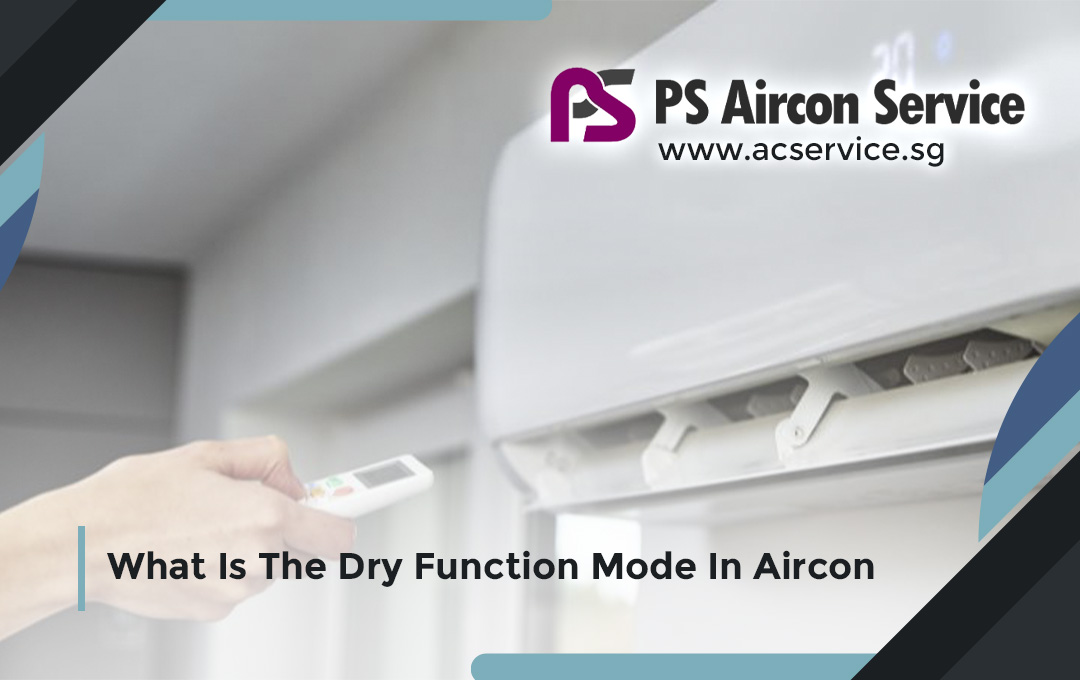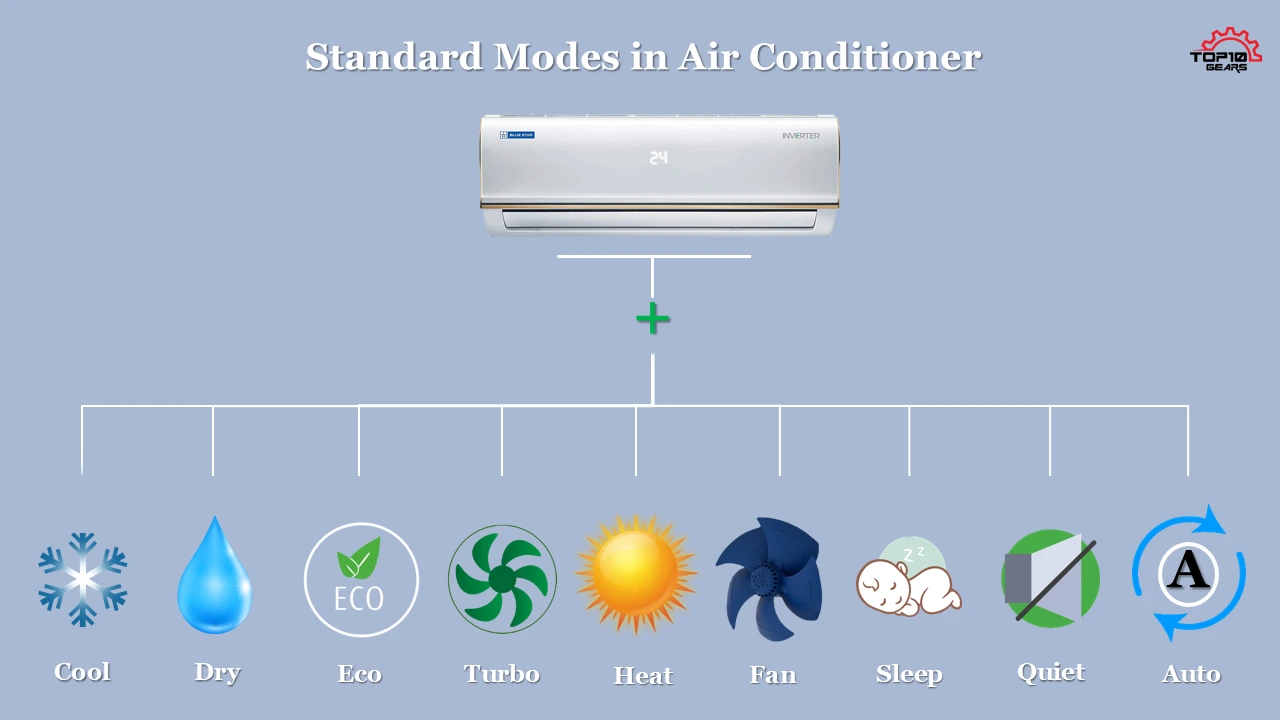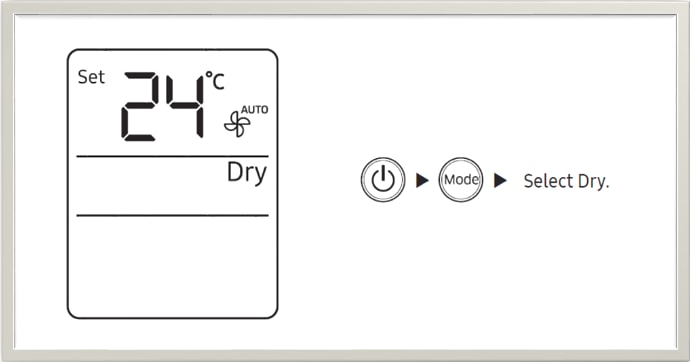What Is Dry Mode On Aircon

As summer heat intensifies, air conditioners become essential for indoor comfort. Many modern AC units offer various operating modes beyond simple cooling. One frequently encountered, but often misunderstood, is Dry Mode.
This mode, typically represented by a water droplet symbol, isn't just another cooling setting. It primarily focuses on reducing humidity in a room. Understanding its function, benefits, and limitations can help users optimize their AC usage and conserve energy.
Understanding Dry Mode
Dry Mode, also known as dehumidification mode, operates differently from the standard cooling mode. While cooling mode actively lowers the room temperature, dry mode prioritizes removing moisture from the air.
The core function is dehumidification. It achieves this by running the air conditioner's cooling system at a lower fan speed. This allows air to pass slowly over the cooling coils, maximizing moisture condensation.
The condensed water is then collected and drained away, effectively reducing humidity levels in the room. Importantly, while it does provide some cooling effect, the primary goal is not temperature reduction.
How Dry Mode Works
The mechanics of Dry Mode involve a specific adjustment of the AC unit's components. The compressor cycles on and off intermittently. This differs from the continuous operation often seen in cooling mode.
The fan speed is typically reduced, ensuring prolonged contact between the air and the cooling coils. This optimized contact encourages more moisture to condense out of the air. The resulting drier air contributes to a more comfortable indoor environment, especially in humid climates.
The frequency of the compressor cycles and fan speed can vary slightly depending on the manufacturer and model of the air conditioner.
Benefits of Using Dry Mode
Using Dry Mode offers several advantages, particularly in specific environmental conditions. A key benefit is improved indoor air quality. By reducing humidity, it inhibits the growth of mold, mildew, and other allergens.
These allergens thrive in damp environments, contributing to respiratory problems and allergies. Reducing their presence creates a healthier living space, according to the Environmental Protection Agency (EPA) guidelines on indoor air quality.
Another advantage is energy efficiency. Dry Mode typically consumes less energy compared to cooling mode because the compressor doesn't run continuously. This can translate to lower electricity bills.
It's important to note that energy savings are most significant when the primary need is humidity control, not temperature reduction. In areas with high humidity, it can be an ideal solution.
When to Use Dry Mode
Dry Mode is most effective during humid weather conditions. These are days when the air feels heavy and sticky, even if the temperature isn't excessively high. Coastal regions often experience these conditions.
It's also useful in enclosed spaces that tend to trap moisture, such as basements or poorly ventilated rooms. Using it can help prevent the buildup of mold and mildew, protecting the structure of the building.
However, it's not suitable for all situations. During periods of extreme heat, cooling mode is more effective at lowering the temperature. Relying solely on Dry Mode in such conditions will not provide adequate relief from the heat.
Limitations and Considerations
While Dry Mode is beneficial, it has its limitations. It is less effective at cooling a room compared to standard cooling mode. The primary function is dehumidification, not temperature reduction.
Also, it might not be suitable for individuals who prefer a consistent temperature. The intermittent operation of the compressor can lead to fluctuations in room temperature, which some users might find uncomfortable.
Furthermore, the water collected by the unit needs to be properly drained. Neglecting this can lead to water damage or the growth of bacteria in the drainage system. Regular maintenance is important.
Important note: Always consult the air conditioner's user manual for specific instructions and recommendations regarding the use of Dry Mode. Different models may have variations in operation.
Impact on Consumers
Understanding Dry Mode empowers consumers to make informed decisions about their AC usage. They can optimize their energy consumption. It also helps in maintaining a comfortable and healthy indoor environment.
By using Dry Mode appropriately, consumers can reduce their energy bills. It also reduces the risk of mold and mildew growth. This can lead to long-term health benefits.
The availability of Dry Mode and other energy-saving features in modern air conditioners reflects a growing awareness of energy conservation and environmental responsibility. Consumers are increasingly looking for products that offer both comfort and sustainability.
As climate change continues to impact weather patterns, understanding and utilizing features like Dry Mode becomes increasingly important. It is important for maintaining indoor comfort while minimizing environmental impact.





